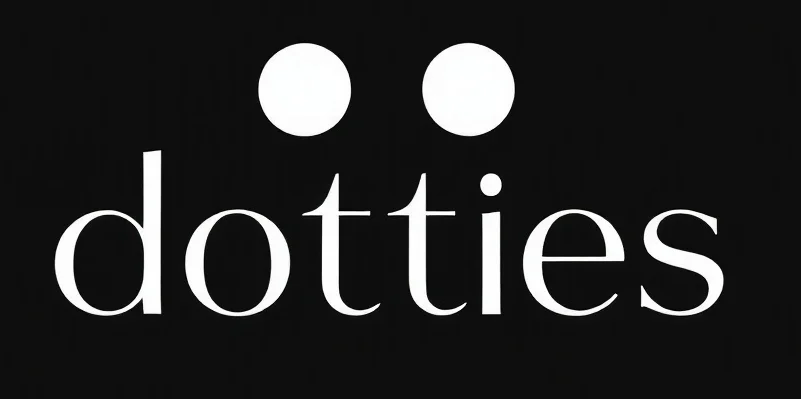Black Friday’s Global Footprint: Unpacking the Phenomenon
Black Friday, that post-Thanksgiving shopping frenzy, has long been synonymous with the United States—lines stretching around blocks, elbows flying for the latest gadgets, and discounts that make wallets sing. But is this retail spectacle purely an American invention, or have other nations caught the fever too? The short answer? Yes, but with a twist. For those curious about this global retail phenomenon, you can dive deeper into the topic by exploring do other countries have black friday.
The Global Retail Carnival: Variations on a Theme
As Black Friday’s reputation as the retail Olympics has spread, countries worldwide have adopted—and adapted—it to fit local cultures and consumer habits. In the UK, for instance, what started as an online experiment has now morphed into an event that rivals the US, albeit with a distinctly British flavor. Retailers there have embraced the concept, but with a touch more decorum and fewer overnight camping enthusiasts. Across the Channel, France and Germany have similarly dipped their toes into the Black Friday pool, though with a more restrained approach.
In Canada, proximity to the US has made Black Friday an inevitable addition to the shopping calendar. However, Canadian retailers often face the challenge of competing with cross-border shopping trips to the US, where deals might be more enticing. Meanwhile, in countries like Australia and New Zealand, Black Friday sales run the gamut from enthusiastic participation to mere whispers, as local traditions and seasonal calendars differ.
Local Traditions Meet Global Trends
Despite the spread of Black Friday, some countries have carved out their own unique retail traditions. Take China, for example, where Singles’ Day on November 11th has become a massive shopping event in its own right—eclipsing Black Friday in sales and scope. The power of local traditions highlights an important aspect of global consumer behavior: people love a good deal, but they also cherish events that resonate culturally.
India, with its vibrant festival of Diwali, has a ready-made shopping season that aligns more naturally with local customs. While Black Friday does make an appearance in Indian urban centers, it’s often the glittering Diwali deals that truly capture consumer enthusiasm. Similarly, in Japan, the end-of-year sales period brings its own flavor of consumer excitement, with Black Friday sometimes playing a supporting role.
Actionable Insights for Entrepreneurs
For businesses looking to expand their reach and tap into new markets, understanding these nuances is crucial. Here are a few strategies to consider:
- Research Local Preferences: Understand the cultural significance of shopping events in your target markets. Tailor your marketing and sales strategies to align with these traditions, rather than imposing a foreign concept.
- Leverage Global Trends: While local customs are vital, global trends like Black Friday can offer opportunities. Consider hybrid approaches where you can incorporate both local and global elements in your marketing strategy.
- Timing is Everything: Align your sales calendar with local events to maximize impact. A well-timed promotional campaign can capture consumer attention when they are most ready to spend.
- Engage with Local Influencers: Collaborate with local influencers who understand the cultural landscape and can authentically promote your brand during key shopping events.
Black Friday’s journey around the globe illustrates the dynamic interplay between local traditions and global trends. For businesses willing to adapt and innovate, the potential rewards are as enticing as a doorbuster deal on a cold November morning.
Checkout ProductScope AI’s Studio (and get 200 free studio credits)

